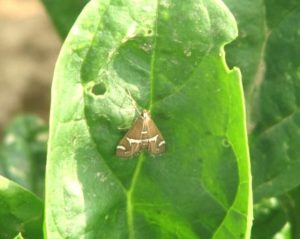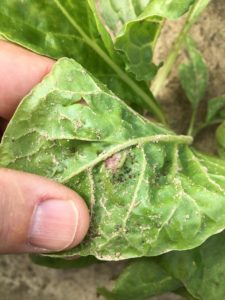North Jersey Commercial Vegetable Grower Meeting
February 28, 2019
&
North Jersey Commercial Fruit Grower Meeting
March 7, 2019
Hunterdon County Complex
314 State Route 12, Bldg. #1
Flemington, New Jersey 08822
8:30 am – 4:00 pm
Detailed program and registration details forthcoming
Questions? Please contact: Cynthia Triolo (Morris County Cooperative Extension) at 973.285.8306 or ctriolo@co.morris.nj.us
Or
Kim Frey (Hunterdon County Cooperative Extension) at 908-788-1339 or kfrey@co.hunterdon.nj.us



